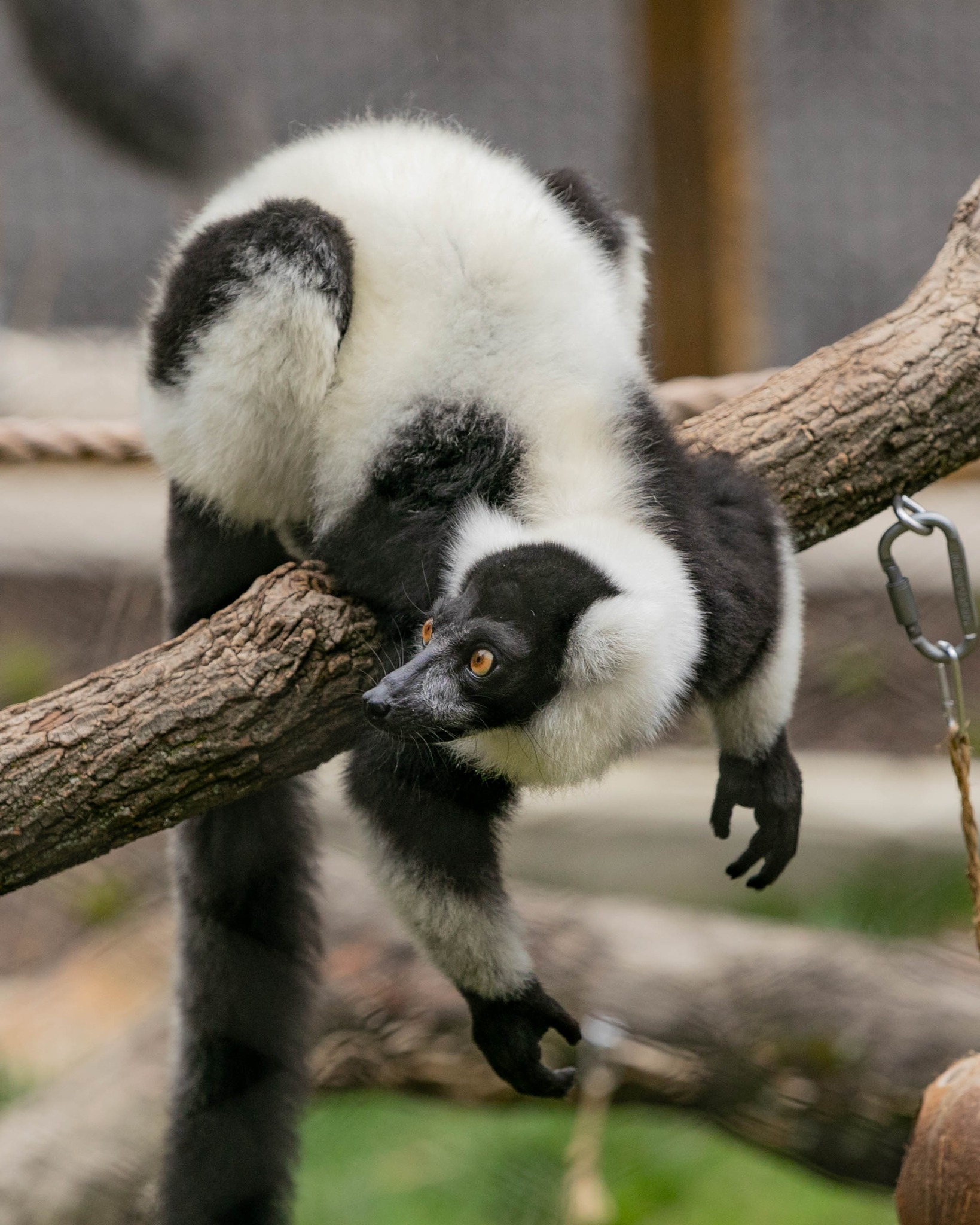- Pollinators include a diverse array of species beyond bees and butterflies.
- Elephants and lemurs play surprising roles in plant pollination.
- The ecological importance of varied pollinators in maintaining biodiversity.
- The ways human activities impact pollinator populations.
- Strategies for conservation and promoting pollinator health.
Pollinators encompass a wide range of species that contribute significantly to the reproductive success of flowering plants. While bees and butterflies often take the spotlight, many other animals assist in this critical role. Pollination not only facilitates the growth of fruits and seeds but also supports entire ecosystems. By exploring the roles that unexpected animals play, such as elephants and lemurs, we gain a deeper understanding of the intricate relationships within nature.
Elephants, often associated with their impressive size and social structures, are not the first animals that come to mind when discussing pollinators. However, their movements across landscapes play a fundamental role in certain ecosystems. As elephants tromp through grasslands and forests, they inadvertently collect pollen on their feet. This pollen can then be transported to various destinations as they roam. Studies have shown that the footprints of elephants can carry pollen over considerable distances. When they visit certain plants, they help facilitate cross-pollination, promoting genetic diversity among flora. This unintentional contribution is crucial for maintaining healthy ecosystems.
Lemurs, particularly species like the black-and-white ruffed lemur, also participate in pollination. These primates have specific adaptations that make them excellent foragers of flowers. Their long snouts allow them to access nectar deep within blossoms, making them effective at transferring pollen in the process. The Travelers Palm in Madagascar is a prime example; these flowers rely heavily on lemurs for successful reproduction. The symbiotic relationship between lemurs and flowers highlights the interconnectedness of species in maintaining ecological balance.
The ecological importance of these varied pollinators extends beyond individual plants. Pollinators contribute to far-reaching impacts on plant community dynamics. From forests to grasslands, diverse plant life supports various animal species, and the complex web of interactions nurtures entire ecosystems. Pollinators not only encourage plant reproduction but also help sustain habitats that are vital for wildlife. This interconnectedness emphasizes the need for holistic conservation approaches that consider multiple species and their roles in ecosystems.
Tragically, human activities pose significant threats to diverse pollinator populations. Habitat destruction, pollution, and climate change all adversely affect these essential creatures. Urbanization often leads to the loss of native vegetation, which diminishes food sources for pollinators. Pesticides used in agriculture can be lethal to pollinating insects, while mono-cropping practices limit the diversity of plants available for food. The warming climate alters flowering seasons and affects the synchronization between pollinators and the plants they serve.
To mitigate these negative effects, various strategies can be employed to promote pollinator health. Preserving natural habitats is paramount. Creating wildlife corridors can assist pollinators in navigating landscapes that have been fragmented by human activities. Planting native flowers in gardens and parks provides critical food sources for bees, butterflies, and other pollinators. Additionally, practices like reducing pesticide use can significantly benefit the vitality of these populations.
Community engagement plays a vital role in conservation efforts. Educational initiatives that focus on the importance of pollinators can empower individuals to take action. Schools, local governments, and organizations can collaborate to raise awareness about the essential roles these animals play in ecosystems. Workshops and interactive events help inspire community members to create pollinator-friendly spaces in their own neighborhoods.
Furthermore, engaging in research and monitoring programs can contribute valuable insights into pollinator populations and their needs. Citizen science projects allow individuals to collect data on local pollinator presence, enhancing understanding of which species thrive in specific regions. Such efforts strengthen the connection between science and community, fostering stewardship for local environments.
Pollinators come in all shapes and sizes, illustrating the remarkable adaptability of nature’s inhabitants. The inclusion of animals like elephants and lemurs stresses the importance of recognizing all players in the pollination process. Each species, no matter how small or large, contributes to the well-being of ecosystems. Their roles are often interdependent, where the absence of one can lead to far-reaching consequences.
The understanding of pollination and related species continues to grow with ongoing research. Studies examining the interactions between different pollinators provide insights into which species are vital for various plants. This knowledge can inform conservation strategies. By safeguarding these relationships, we protect not only pollinators but also the health and diversity of ecosystems. Efforts to promote diverse true pollination networks will ensure that plant life continues to thrive in the face of environmental challenges.
Recognizing the integral roles of various pollinators encourages appreciation for wildlife and biodiversity. Efforts in conservation, community engagement, and sustainable practices can reinforce the significance of these animals in our ecosystems. It is imperative to advocate for conservation strategies that focus on all species involved in pollination. Each contributes uniquely, shaping the intricate web of life that surrounds us.
The complex dynamics of pollination illustrate the beauty of nature’s interconnections. By focusing on the contributions of all animals involved in pollination, we deepen our understanding of ecological balance. From the tiny bee to the imposing elephant, each plays a role deserving of protection and respect. The partnership between pollinators and the plant kingdom is a testament to the resilience of life. The work we do to conserve these relationships will shape the future of our ecosystems.
Furthermore, the benefits of maintaining healthy pollinator populations extend beyond environmental health; they also impact agriculture and food security. Many crops rely on specific pollinators for optimal yields. Investing in practices that protect these populations can foster greater agricultural productivity.
Through comprehensive education about the unique roles that varied species play in pollination, both individuals and communities can take active steps toward fostering pollinator-friendly environments. The actions we take today will dictate the diversity found in ecosystems for generations to come. The responsibility lies with all of us to advocate for the protection of these vital species and the habitats they require for survival. Embracing the idea that pollinators come in all shapes and sizes encourages appreciation for the diversity of life itself.
In nurturing our natural relationships with pollinators, we bolster our commitment to future generations’ ecological integrity. This stewardship helps ensure that the vibrant ecosystems we cherish today continue to bloom tomorrow. The collaborative effort to recognize and protect the myriad species that pollinate the earth underscores the interconnectedness of life and the need for sustainable practices.
*****
Source Description
Pollinators come in all shapes and sizes! 🐘🌺🐝
Did you know elephants and lemurs can pollinate plants? As elephants walk through fields and forests, they collect pollen on their feet then transfer it along their path. 🐾
Lemurs, like the black-and-white ruffed here at the zoo, are key pollinators of the Travelers Palm.🌴 Look at the shape of their face and you’ll realize it’s great for sticking into flowers to reach nectar!


